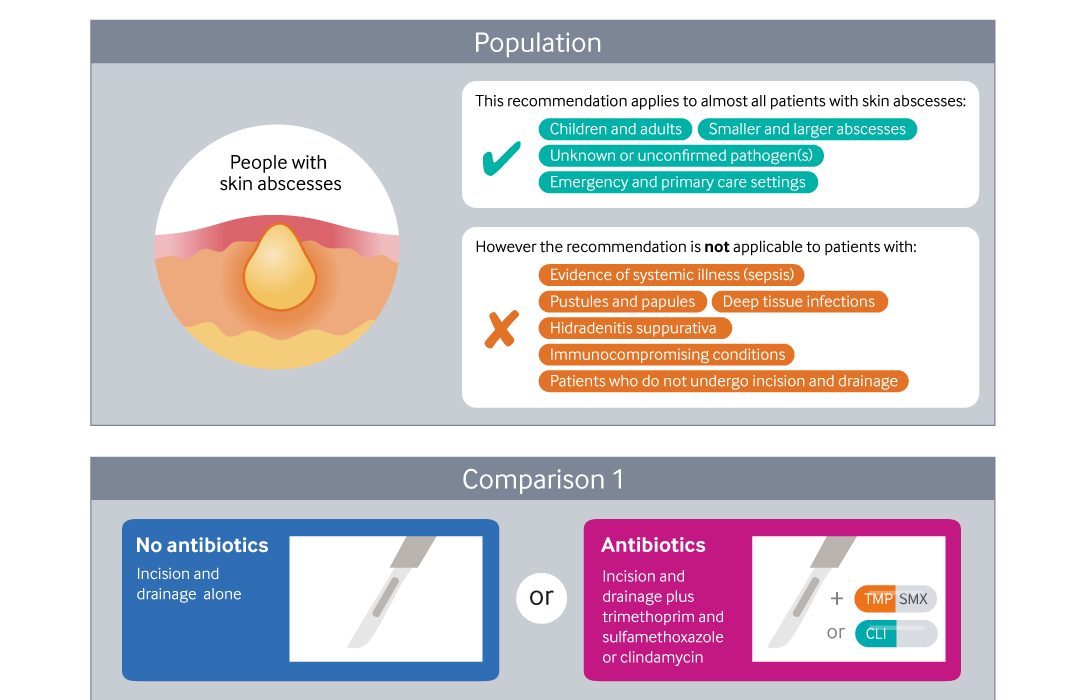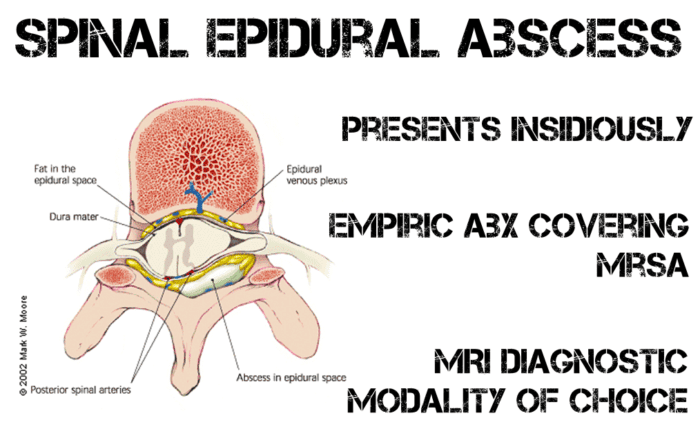An abscess, often abbreviated as “abs,” is a localized collection of pus that forms in response to an infection. It can occur in various parts of the body and may cause significant discomfort or even serious complications if left untreated. Understanding the causes, recognizing the symptoms, and knowing how to diagnose and treat this condition are crucial for effective management. This article delves into the details of abscesses, offering insights into their origins, manifestations, and available treatments.

What is an Abscess?
An abscess is a pocket of infected fluid, typically containing dead cells, bacteria, and other debris. It is the body’s natural response to infection, creating a barrier to prevent the spread of harmful microorganisms. Abscesses can form in different areas, including the skin, teeth, internal organs, and even between tissues. While some abscesses are small and resolve on their own, others may grow larger and require medical intervention.
Types of Abscesses
- Skin Abscess: These occur on the surface of the skin and are often visible as swollen, red, and painful lumps.
- Dental Abscess: This type forms in the mouth, usually due to tooth decay or gum infections.
- Internal Abscess: These develop inside the body, such as in the lungs, liver, or abdomen, and may not be immediately visible.
- Perianal Abscess: This occurs near the anus and is often associated with pain and swelling in the area.
Causes of Abscess Formation
Abscesses form when the body attempts to fight off an infection. Several factors contribute to their development, including:
Bacterial Infections
Bacteria are the most common culprits behind abscess formation. When bacteria enter the body through a wound, cut, or other openings, they can multiply and trigger an immune response. The body sends white blood cells to the affected area to combat the infection, leading to the accumulation of pus.
Blocked Oil Glands or Sweat Glands
In some cases, abscesses can develop when oil glands or sweat glands become blocked. This blockage creates an environment where bacteria can thrive, leading to infection and abscess formation.
Inflammatory Conditions
Certain inflammatory conditions, such as Crohn’s disease or hidradenitis suppurativa, can increase the risk of abscesses. These conditions cause chronic inflammation, which may lead to the development of pus-filled pockets.
Weakened Immune System
Individuals with weakened immune systems, such as those with diabetes, cancer, or HIV/AIDS, are more susceptible to abscesses. A compromised immune system may struggle to fight off infections effectively, allowing abscesses to form.
Symptoms of an Abscess
The symptoms of an abscess depend on its location and severity. However, there are common signs that indicate the presence of an abscess:
General Symptoms
- Swelling in the affected area
- Redness and warmth around the swelling
- Pain or tenderness
- Pus drainage
- Fever and chills
Symptoms Based on Location
Different types of abscesses may present unique symptoms:
- Skin Abscess: A raised, painful lump that may rupture and release pus.
- Dental Abscess: Severe toothache, sensitivity to hot or cold, swelling in the face or gums, and bad breath.
- Internal Abscess: Depending on the organ affected, symptoms may include abdominal pain, coughing, chest pain, or difficulty breathing.
- Perianal Abscess: Pain, swelling, and redness near the anus, sometimes accompanied by fever.
Diagnosis of an Abscess
Proper diagnosis is essential for determining the appropriate treatment for an abscess. Healthcare providers use various methods to identify and assess abscesses.
Physical Examination
A healthcare provider will begin by examining the affected area. They will look for signs of swelling, redness, and tenderness. For skin abscesses, this physical examination is often sufficient for diagnosis.
Imaging Tests
For deeper or internal abscesses, imaging tests may be necessary to locate and evaluate the abscess. Common imaging techniques include:
- Ultrasound: Uses sound waves to create images of the affected area.
- Computed Tomography (CT) Scan: Provides detailed cross-sectional images of the body.
- Magnetic Resonance Imaging (MRI): Offers highly detailed images, particularly useful for soft tissues.
Laboratory Tests
In some cases, a sample of the pus may be collected for laboratory analysis. This helps identify the specific bacteria causing the infection, allowing for targeted antibiotic treatment.
Treatment Options for Abscesses
The treatment of an abscess depends on its size, location, and severity. In many cases, medical intervention is necessary to ensure proper healing and prevent complications.
Incision and Drainage
For larger abscesses, especially those on the skin, incision and drainage are often required. This procedure involves making a small cut in the abscess to allow the pus to drain out. Afterward, the area is cleaned and dressed to promote healing.
Antibiotics
Antibiotics may be prescribed to treat the underlying infection. They are particularly important for internal abscesses or cases where the infection has spread. The choice of antibiotic depends on the type of bacteria identified during laboratory testing.
Warm Compresses
For smaller abscesses, applying warm compresses to the affected area can help reduce pain and encourage drainage. This method is often used as a home remedy but should not replace professional medical care for larger or more severe abscesses.
Surgical Intervention
In some cases, surgical removal of the abscess may be necessary. This is particularly true for abscesses that are deep within the body or those that do not respond to other treatments.
Pain Management
Pain relief medications, such as over-the-counter painkillers, may be recommended to manage discomfort associated with abscesses. For severe pain, stronger prescription medications may be necessary.
Preventing Abscesses
While not all abscesses can be prevented, certain measures can reduce the risk of their formation:
- Practice good hygiene by washing hands regularly and keeping wounds clean.
- Seek prompt treatment for infections, such as cuts, scrapes, or dental issues.
- Manage underlying health conditions, such as diabetes, to maintain a strong immune system.
- Avoid sharing personal items like razors or towels to minimize the risk of bacterial transmission.
By understanding the causes, symptoms, and treatment options for abscesses, individuals can take proactive steps to address this common yet potentially serious condition. Early intervention and proper care are key to ensuring a swift recovery and preventing complications.





